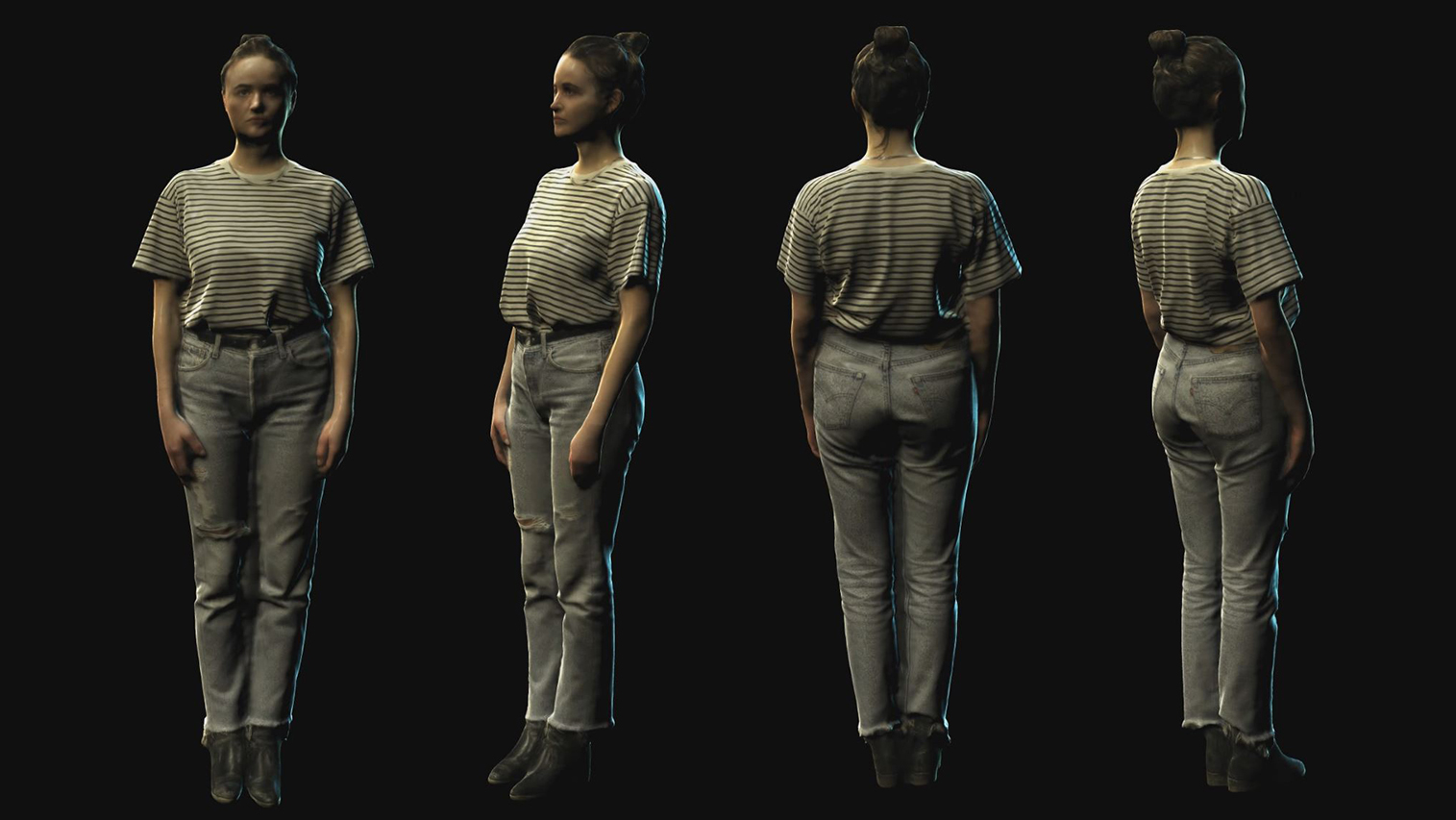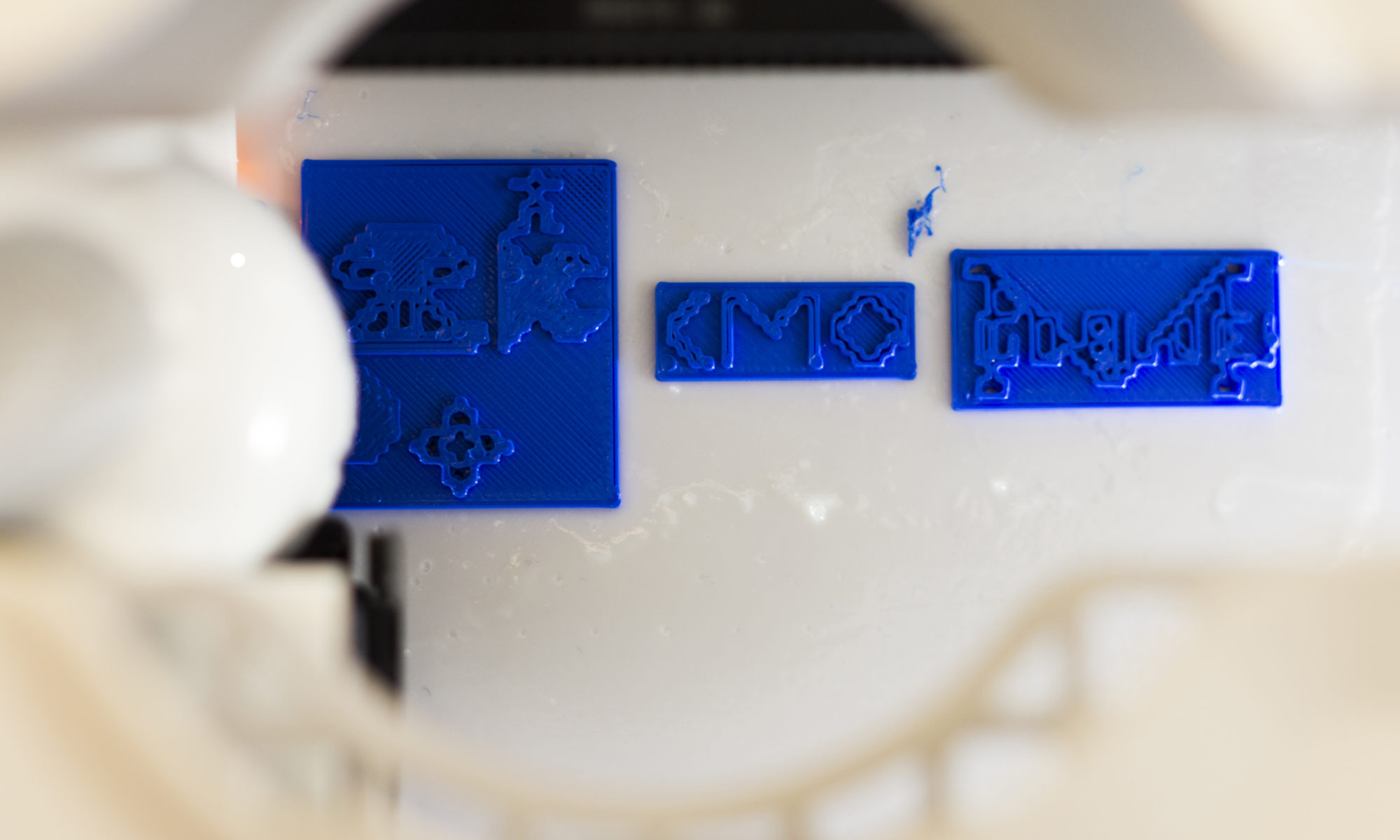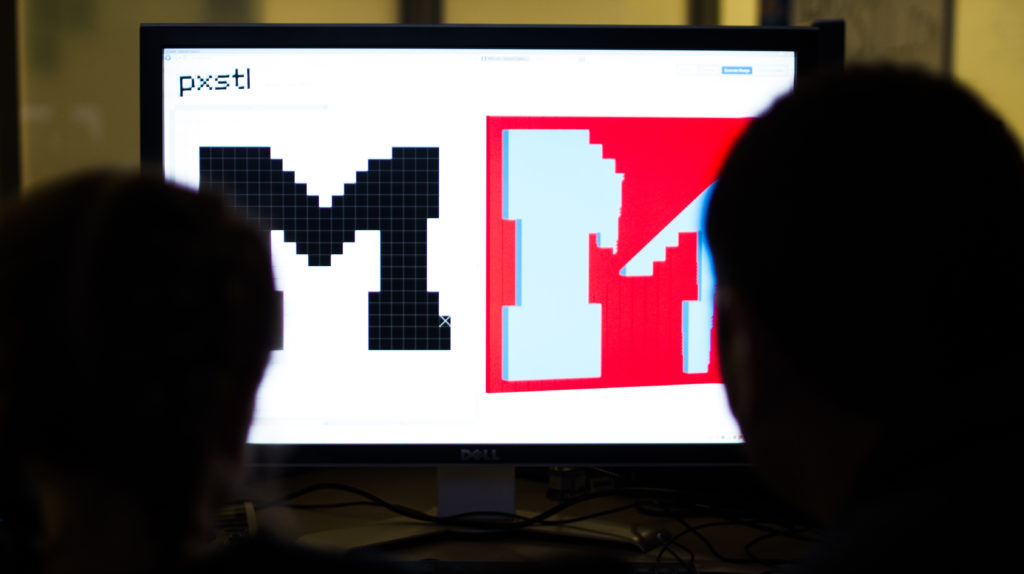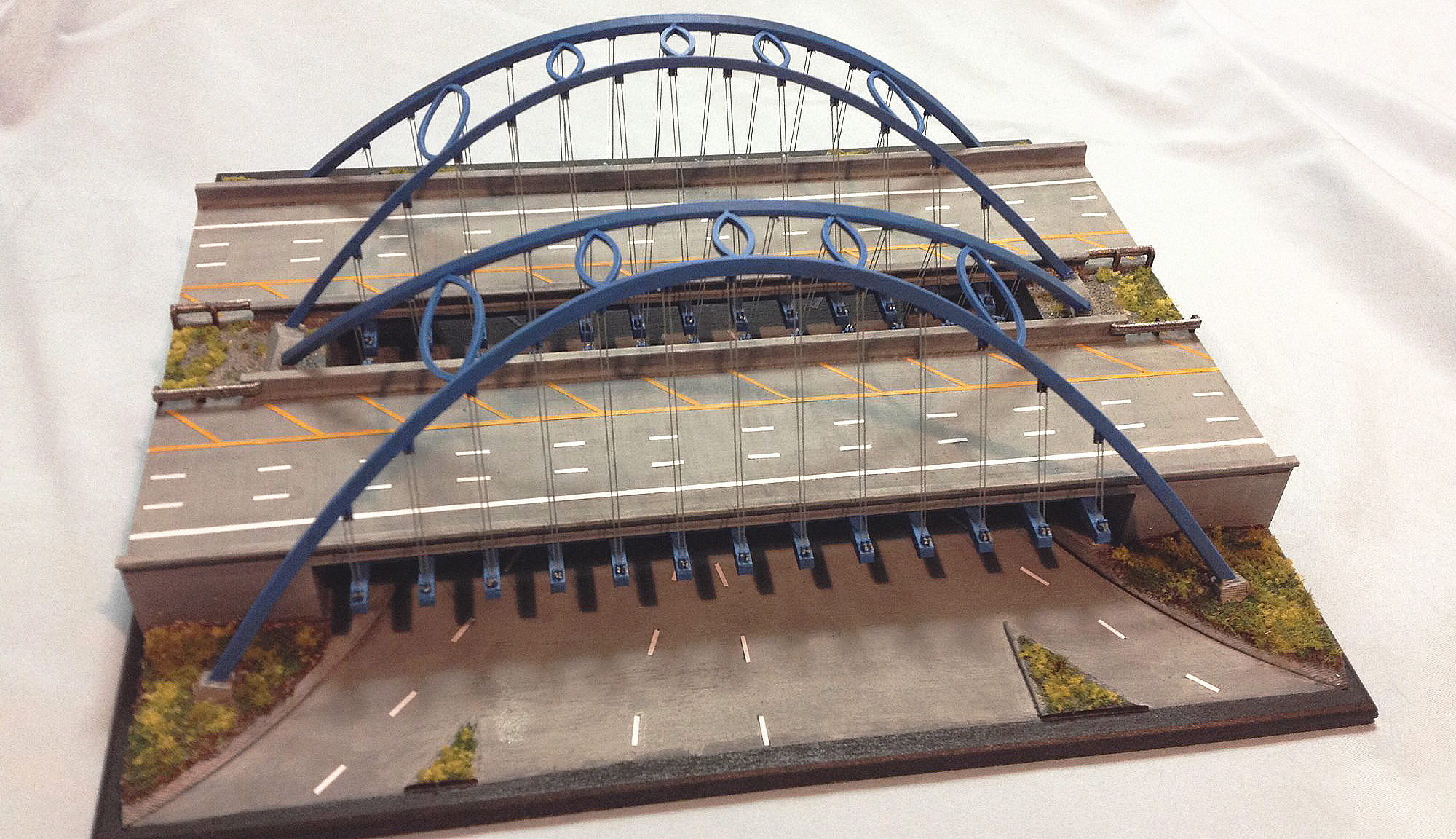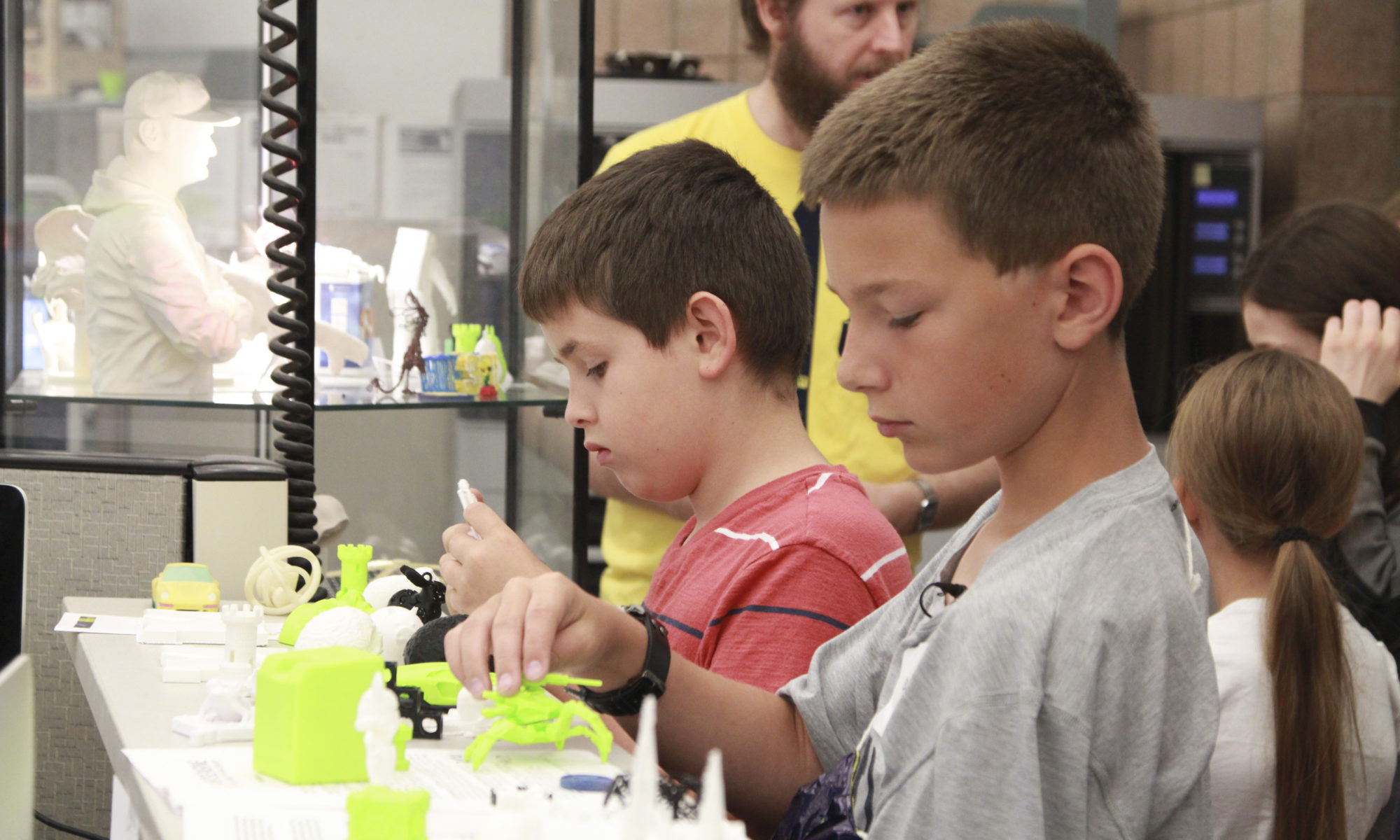Stamps Student Uses Photogrammetry to Miniaturize Herself
Stamps student Annie Turpin came to the Duderstadt Center with an idea for her Sophomore studio project: She wanted to create a hologram system, similar to the “Pepper’s Pyramid” or “Pepper’s Ghost” display, that would allow her to project a miniaturized version of herself into a pinhole camera.

The concept of Pepper’s Pyramid is derived from an illusion technique created by John Henry Pepper in 1862. Originally coined “Pepper’s Ghost”, the trick initially relied on a large pane of glass to reflect an illuminated room or person that was hidden from view. This gave the impression of a “ghost” and became a technique frequently used in theatre to create a phantasmagoria. Similar methods are still used today, often substituting Mylar foil in place of glass and using CG content (such as the 2012 Coachella performance, in which a “holographic” Tupac was resurrected to sing alongside Dr. Dre).

“Pepper’s Pyramid” is a similar concept. Instead of a single pane of glass reflecting a single angle, a video is duplicated 4 times and projected downward onto a pyramid of Plexiglas, allowing the illusion to be viewed from multiple angles and for the content to be animated.
For Annie’s project, she re-created a small version of Pepper’s Pyramid to fit inside a pinhole camera that she had constructed, and used a mobile phone to project the video instead of a monitor. She then had herself 3D scanned using the Duderstadt Center’s Photogrammetry rig to generate a realistic 3D model of herself that was animated and then exported as an MP4 video.

The process of Photogrammetry allows an existing object or person to be converted into a full color, highly detailed, 3D model. This is done using a series of digital photographs captured 360 degrees around the subject. While Photogrammetry can be done at home for most static subjects, the Duderstadt Center’s Photogrammetry resources are set up to allow moving subjects like people to be scanned as well. The process using surface detail on the subject to plot points in 3D space and construct a 3D model. For scans of people, these models can even have a digital skeleton created to drive their motion, and be animated as CGI characters. Annie’s resulting scan was animated to rotate in place, and projected into the the plexiglas pyramid as a “hologram” for viewing through her pinhole camera.


Annie would make use of Photogrammetry again the following year, when she had herself 3d scanned again, but this time for the purpose of 3D printing the resulting model for a diorama. In this instance, she was scanned using Photogrammetry in what is referred to as “T-Pose”. This is a pose where the subject stands with their arms and legs apart, so their limbs can be articulated into a different position later. After Annie’s model was generated, it was posed to have her sitting in a computer chair and working on a laptop. This model was sent to the Duderstadt Center’s J750 3D color printer to produce a 6″ high 3D printed model.
This printer allows for full spectrum color and encases the model in a support structure that must be carefully removed, but allows for more intricate features and overhangs on the model.

A duplicate print of Annie’s creation can now be viewed in the display case within the Duderstadt Center’s Fabrication Studio.
